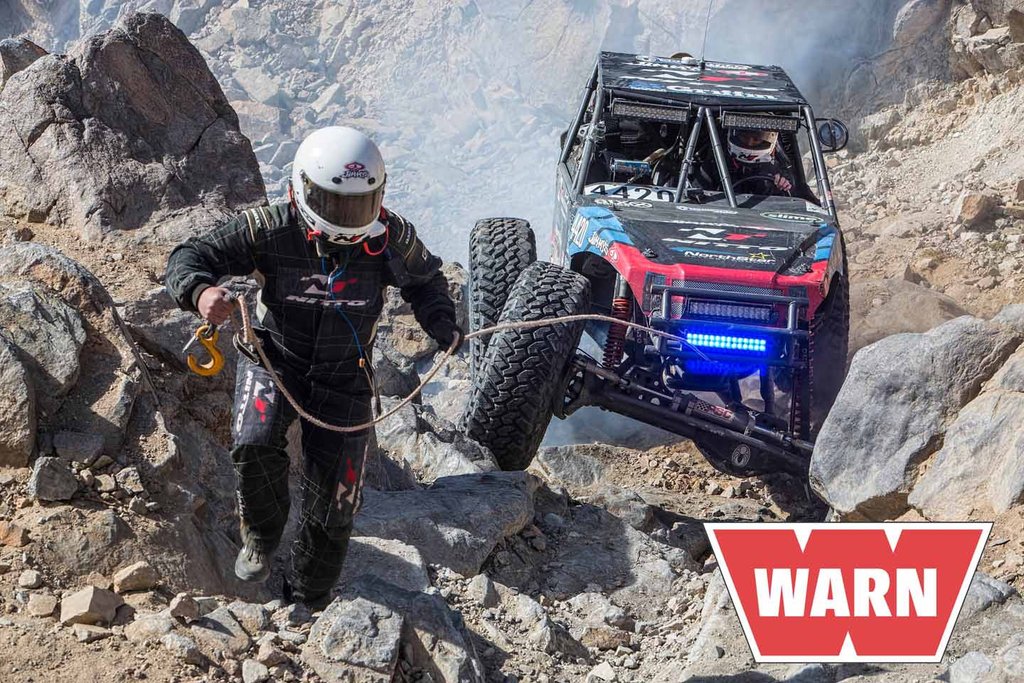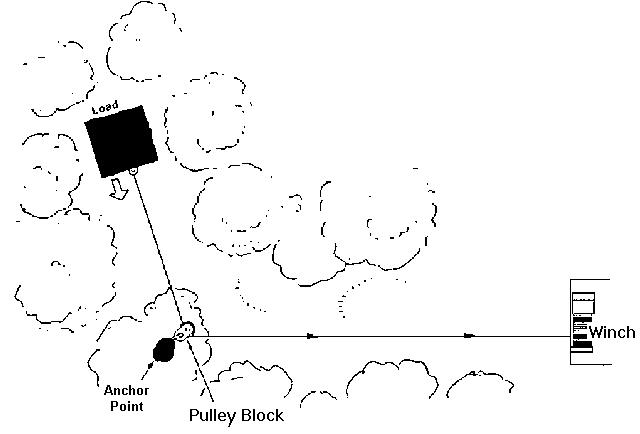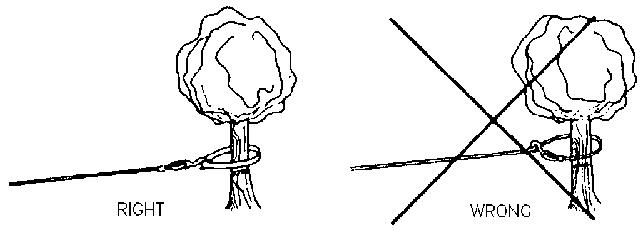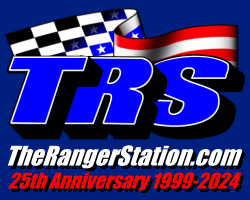
A few tips and pointers for getting the most out of your winch and accessories.
Next to the winch itself, the most important item to have on board is a pulley block. Pulley blocks can be used for doubling the power of your winch, and can be used for self recovery, direct pulling, and indirect pulling. All are shown in the following illustrations.

The anchor point (when used) must be a secure one such as a tree, another vehicle or other firm object. For direct vehicle recovery, attach the pulley block to the anchor point and then feed the wire rope out from the winch, through the block and back to an appropriate point of attachment on the vehicle such as a tow hook or the frame of the vehicle. This will effectively double your pulling capacity and greatly reduce the effort of the winch to get your vehicle recovered.

Direct load pulling of load (or other vehicle) using your vehicle as the anchor point and attaching the pulley block to the load.

Indirect pulling may be required because of obstacles or impassable surfaces. The pulley block is attached to the load and the wire rope is attached to an anchor point offset from the direction in which the load is to be moved. Note that this procedure is not recommended unless necessary as winch pulling power and line speed will decrease as angle between the wire ropes increases.

Using a single-line winch capacity of 2000lbs., the capacity of the winch is effectively doubled using the double-line methods shown. Winch capacity in figure above remains at 2000lbs. as this is still a single line application.
NEVER attach the winch cable back onto itself as shown below. Use of a nylon sling and shackle is strongly recommended to avoid damaging you wire rope and the tree

Other Tips
* Keep the control handy by running it over the hood and hanging on the door mirror or customize it with a magnet to stick to the vehicle.
* Set the brake if your an anchor vehicle and don’t winch with your vehicle in park. You may wedge or break the parking sprag in an automatic transmission.
* Electric winches use lot of power. Consider dual batteries and a high output alternator.
* NEVER rely on a winch to hold a load from rolling backward.
* Allow the winch time to cool during long, hard pulls to increase it’s life span.
* Receiver winch plates tend to bend if pulling at any angle other than straight.
* Bury your spare tire in the ground to use as an anchor when all else fails.
* Never use the winches hook as an attaching point for a yank trap.
* If winching frequently during a trail ride, wrap the winch around the bumper rather than reeling it in.
Chokers
The choker should be long as possible, especially when anchoring the vehicle. A chain with a a safe working load of 8,000 pounds has it’s strength severely reduced through improper rigging.
The choker should be long as possible, especially when anchoring the vehicle. A chain with a a safe working load of 8,000 pounds has it’s strength severely reduced through improper rigging.
| Angle In Degrees | Safe Working Load |
| 5 or less | 8,000 |
| 60 | 6,800 |
| 90 | 5,600 |
| 120 | 4,000 |
